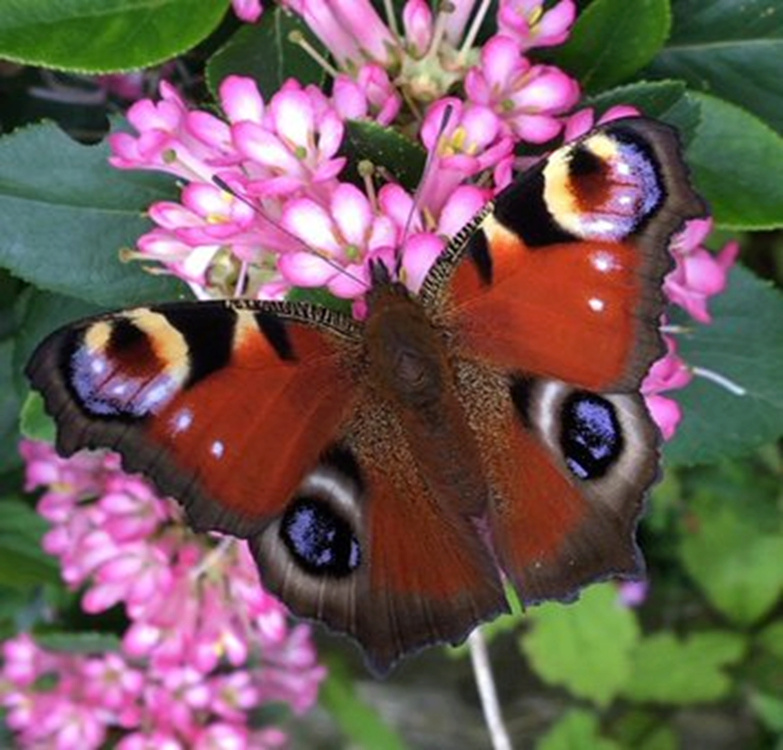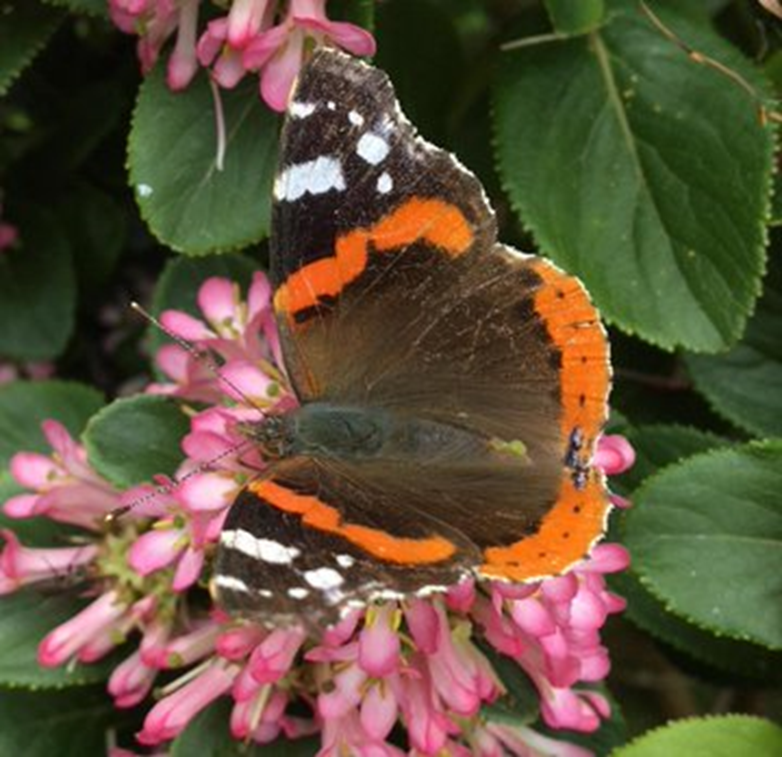UK nature lovers are invited to count butterflies

Nature lovers across the UK have been invited to count the number of butterflies they see on their walks, as part of a large-scale survey of the increasingly endangered insect.
The Big Butterfly Count, the largest initiative of its kind in the world, according to its organizers, which takes place this year from July 14 to August 6, will help scientists assess the health status of these insects in the country.

Before organizing this annual event, Amy Walkden and Emma Grace used to take their children Robin and Alex to a park in the small village of Abbotskerswell (SW) to observe butterflies.
Together, they are trying to spot and count the butterflies to pass on their observations to the Butterfly Conservation teams that are organizing the survey this summer.
"There are annual records of what we observe here, which are valuable scientific data to shed light on changes such as climate warming or habitat destruction," said Walkden, who is involved in the association.

"Butterflies are sensitive indicators of what's going on," she added.
"If butterflies disappear, the species that feed on these insects will have nothing to eat," said her daughter, Robyn.
As part of the Big Butterfly Count initiative, volunteers can download a chart that allows them to identify different types of butterflies and list online those they spot in their gardens or parks.
According to scientists, butterfly numbers have been declining for years as species struggle to adapt to climate change.

"It's very worrying. The main reason for their decline is what humans have done to nature in the UK over the past 50, 60 and 70 years," Richard Fox, an official with the association organizing the survey, told AFP.
According to a report prepared by the Butterfly Conservation and published this year, four out of five butterfly species are in decline compared to the 1970s, and half of the 58 species in the UK are threatened.
Between 1976 and 2019, butterflies lost 42 percent of their habitat and the number of butterflies decreased by 6 percent in the sites studied.

This is due to the intensification of agriculture and the increased use of fertilizers and pesticides, as well as changes to the landscape such as the removal of shrubs to increase the area of arable land.
Over the past few decades, the UK has lost nearly half of its biodiversity, an official report showed.
Butterflies census allows monitoring the pace of decline in their number. Although volunteers have been invited to participate in this initiative since the seventies, this activity is becoming more and more popular.

The Big Butterfly Count was officially launched in 2010. More than 64,000 "citizen-scientists" participated in the initiative last year, and they spotted nearly 100,000 butterflies across the country.
Nearly a million butterflies have been registered on the app since 2014.
"One of the amazing things about butterflies (...) is that they act as indicators for all the other groups. So we learn a little bit about the status of bees, beetles, flies, wasps and other important insects," Fox said.
Richard Fox hopes the latest report will spur politicians to take action, acknowledging at the same time that the challenge is "enormous".
The British government has set a target of planting between 90 and 120 million trees annually by 2025 to compensate for the loss of diversity.
It's an "amazing" project, Fox said, but it's not enough.
Source: websites

